Last week I attended my first SCSUG conference, this one in Houston. Houston, the fourth most populous city in USA, is the world's capitol of the Oil and Gas industry. So it was no surprise I met many attendees from local oil and gas related companies. But, I also met many
English
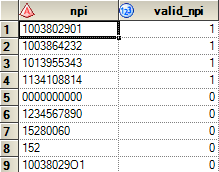
We are careening towards the holiday season, and this year more than ever before it's going to mean one thing: Online Shopping. As you enter your credit card number over and over to complete your many purchases, you might occasionally transpose or mistype your account number. Does it surprise you
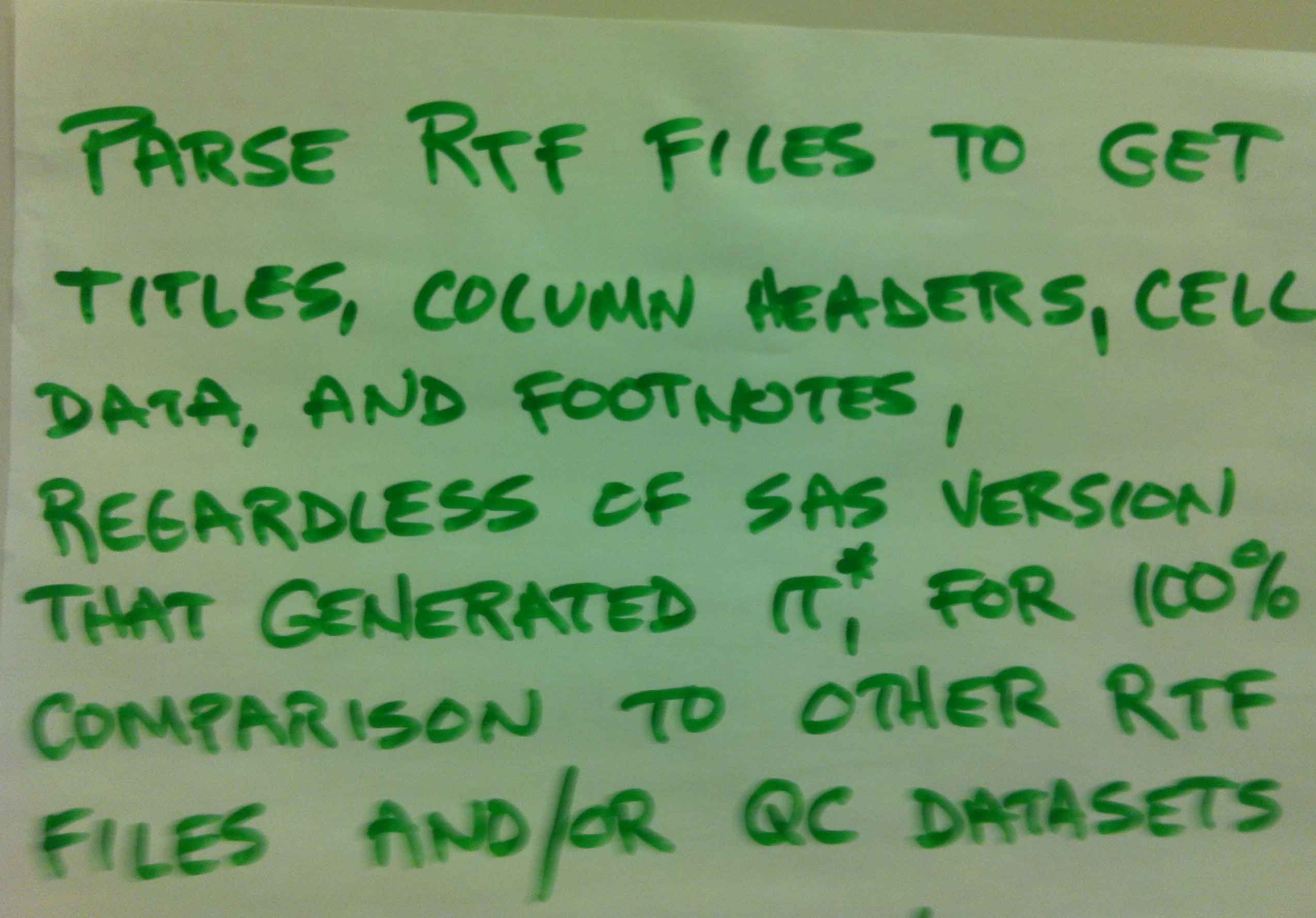
Did I tell you that I went to Andrew Kuligowski's hands-on workshop while I was at MWSUG 2012? Actually, I only attended the first portion of his session; it didn't make sense for me to take up a computer since I'm not a programmer. His workshop was to teach users how to parse useful data from unusual

IBM Global Financing offers 100 percent financing on your SAS purchase In this economy, many companies are counting their pennies. Those budget constraints can put a real damper on requests for the SAS products and solutions that you need for your data challenges. IBM Global Finance (IGF) – the world's

There are people who claim that an IT expert professional with no knowledge of SAS can get the SAS Administrator job done. That's probably true. It also depends on your definition of getting the job done. At some SAS sites, it can be that the administrator's role in supporting SAS is to install it and

The other day I was constructing covariance matrices for simulating data for a mixed model with repeated measurements. I was using the SAS/IML BLOCK function to build up the "R-side" covariance matrix from smaller blocks. The matrix I was constructing was block-diagonal and looked like this: The matrix represents a

Disasters like Hurricane Sandy, by and large, shine a positive light on humanity, with the heroic actions of first responders and volunteers, and the massive outpouring of support from across the nation. They also present fraud opportunities for the shady operators and criminals among us. Hurricanes leave behind a lot

Recently, SAS Talks hosted a webinar to give SAS users an overview of the new features and functions available in the new release of SAS Enterprise BI Server. Rick Styll, BI Global Product Manager at SAS, says that most of the enhancements were prioritized based on customer feedback.
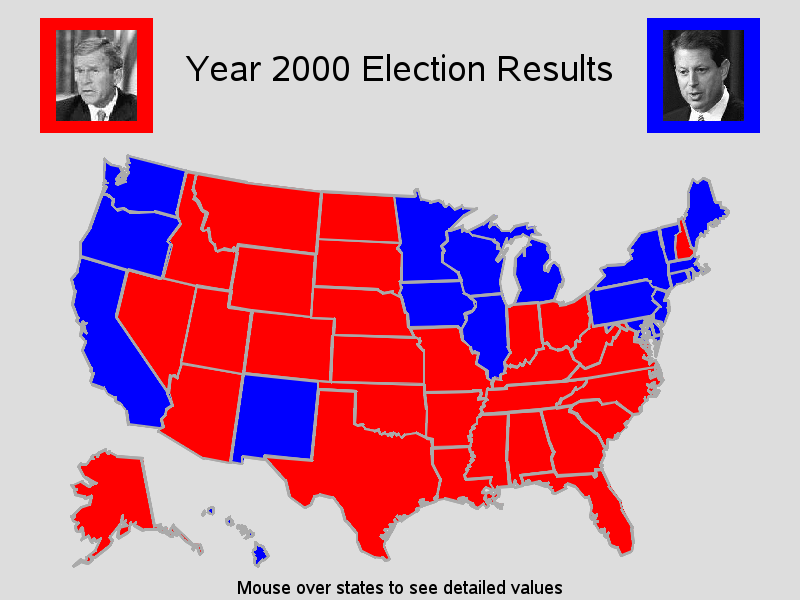
In the U.S. we have a presidential election every 4 years - and as luck would have it, 2012 is an election year! I see a lot of election maps & graphs in the news, and I'm always subconsciously critiquing them in my mind and thinking to myself, "How would I graph this

OK all you mamas and papas, and SAS users who aren’t. It’s time to turn your SAS Global Forum dreams into a reality. Registration for the 2013 event is now open. The event promises to offer no time for “Sittin’ on the Dock of the Bay” with an anticipated 400
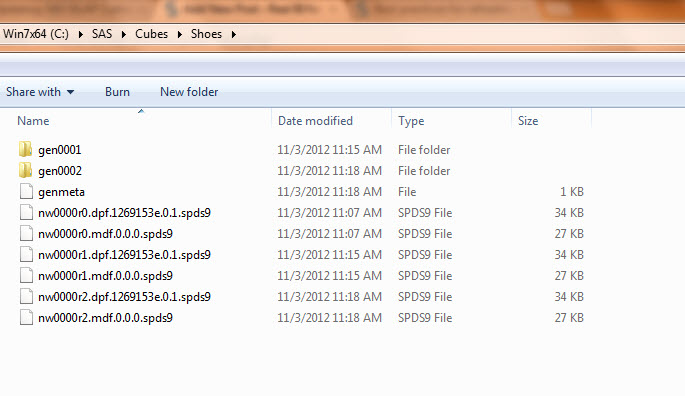
Each spring and fall, I start clearing out the kid's small clothes, old toys, etc. It can sometimes go too far and reach into my "digital pack-rat" issues. (Wait, what does that mean? Well, just ask the person who last week requested detail on a project I worked 3 years

I recently encountered a SUGI30 paper by Chuck Kincaid entitled "Guidelines for Selecting the Covariance Structure in Mixed Model Analysis." I think Kincaid does a good job of describing some common covariance structures that are used in mixed models. One of the many uses for SAS/IML is as a language

The North East SAS Users Group Conference (NESUG) will be held November 11-14, in Baltimore, Maryland. I’m psyched to be attending this year, and hope I’ll see you there.
In the previous post on Violin Plots, we discussed the process to create custom density plots. This work was done in collaboration with SAS user James Marcus. This is the second installment on the same topic - Creating Density Strip Plots. We will use the same data and process to compute
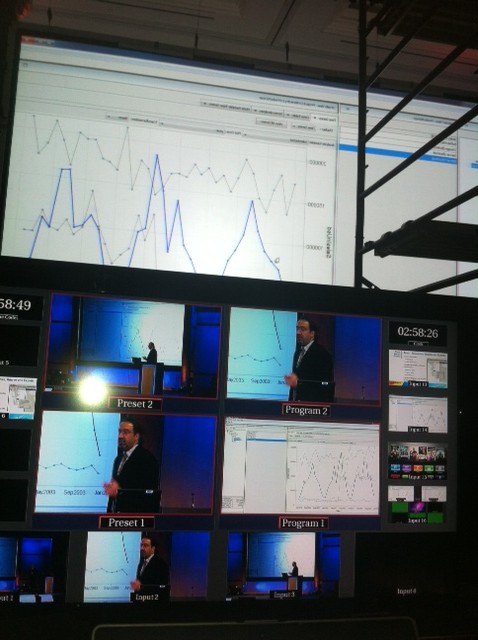
We all have some sort of intuitive idea of what time series data is – it’s a bunch of measurements or observations that are marked by a time stamp – we know when the measurement was taken, as well as what was measured. This natural temporal ordering of the data

As part of the Friday's Innovation Inspiration (FII) series, I've decided to present a few SAS techniques and problem solvers that you labeled as innovative or 'inspirational'. These are pretty easy to find: I've done some digging through the Best Contributed Papers. I know you haven't read them all, so

K-12 education reform and policy has seen a recent surge in the cinema with "Waiting for Superman," "The Lottery," and this fall’s "Won't Back Down.” However, if you can’t bring yourself to spend $9.00+ at the box office, or (like me) have a hard time finding babysitters to even get

You’ve just started a new job as SAS administrator, and there’s no documentation. How do you know which SAS products are installed? Where they are deployed? Where do the data and programs reside? Brian Varney tells us that SAS administrators often run into undocumented environments whenever they begin working in a new

The determinant of a matrix arises in many statistical computations, such as in estimating parameters that fit a distribution to multivariate data. For example, if you are using a log-likelihood function to fit a multivariate normal distribution, the formula for the log-likelihood involves the expression log(det(Σ)), where Σ is the
With all the news of Sandy, the huge storm which slammed into northeastern US states this week, I wanted to reach out and say our thoughts are with all of the folks in the Northeast region. Many SAS staff, including myself, will be in Maryland in a little over a week
Over the past month or more, I have been in a conversation with SAS user James Marcus, on creation of some new displays for visual communication of uncertainty. These include display of densities using a "Violin" plot, "Density Strips" and more. With his permission, I can share some of the
Just a quick note to let you know about some changes: Have you noticed our beautiful new banner art. If not, look up. :-) We changed it because the SAS Users Groups blog is part of the newly expanded SAS Users Group social family. In May 2012, we expanded the

I work on a variety of projects at SAS, most of which require some level of team collaboration in source management systems. Due to the many technologies that we work with, SAS developers use different source management tools for different purposes. I've got projects in CVS, Subversion, and Git. When

Our SAS Users Group regional road trip is coming to an end. Final destination -Baltimore, MD. That will be the site of the Northeast SAS Users Group regional conference November 11-14. More than 500 users are expected to come together to share ideas, learn from experts, and increase their SAS

BASE SAS users are already familiar with the autoexec file. This is a .sas file that typically resides in the installation folder of the SAS executable. Instructions for setting it up in UNIX, Windows, and other environments is readily available on the SAS website. In SAS BI configurations there are
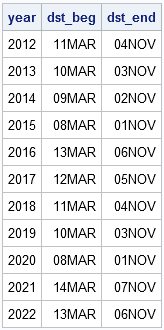
I was looking at some SAS documentation when I saw a Base SAS function that I never knew existed. The NWKDOM function returns the date for the nth occurrence of a weekday for the specified month and year. I surely could have used that function last spring when I blogged

What do disaster planning and baseball have in common? (Cue Cubs fans, "We plan on every season being a disaster!") Bear with me... Watching game 1 of the World Series reminded me of the time I took my son to AT&T Park to see the Giants play. It was the day
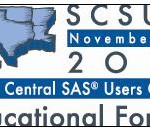
Never been to Houston? November 5-6 is perfect for your first trip. Make plans to see some of what the fourth-largest city in the US has to offer; there are some famous visitor destinations - and some not well-known. The South Central SAS Users group is holding its annual SAS Educational Forum in this

It's hard to get away from data these days, especially Big Data. The news is full of stories about how fast it's accumulating, about technologies for capturing and analyzing it, and about the creative ways organizations are using it. Pundits have even dubbed personal data the “new oil” that will

Trick or Treat! Halloween and its endless candy supply marks the beginning of a continuous stream of social gatherings, family meals, and tempting holiday foods from October to January. For many, this also means unwanted extra pounds. However, you can still enjoy Halloween without breaking the calorie bank; you just














